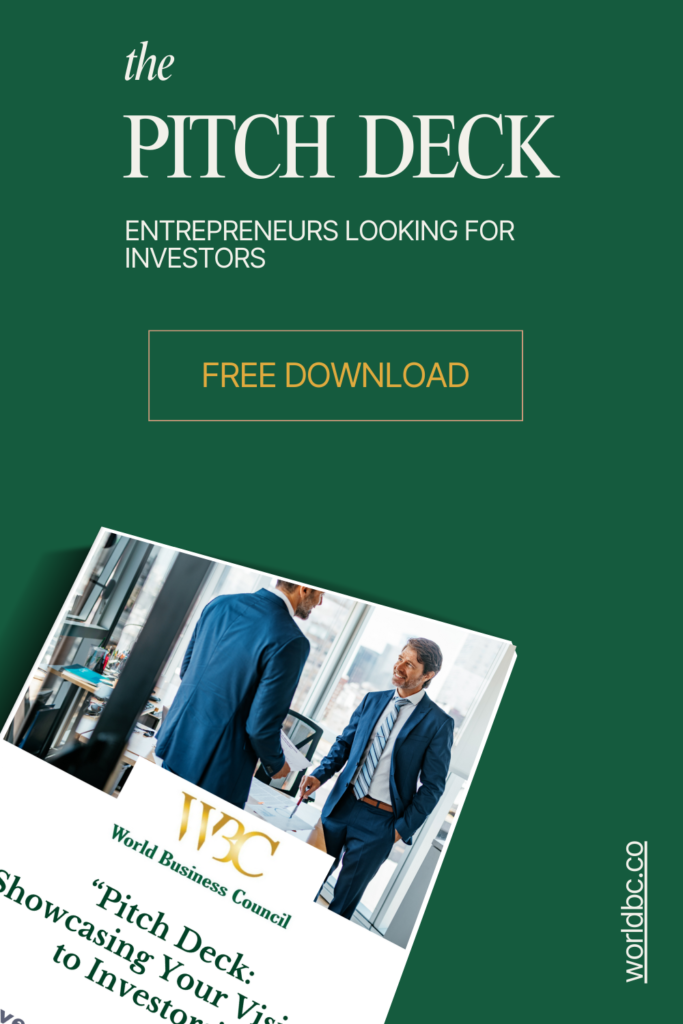Startup investment teaser—a critical instrument that, when wielded rightly, shines a spotlight on your startup. In essence, it’s a short, well-curated document that effectively introduces potential investors to your venture.
- First Impressions Matter: Just as a captivating book cover piques reader interest, a well-crafted teaser sets the stage for deeper investor engagement. It’s a startup’s first volley, and its impact can be long-lasting.
- Clarity in Communication: Amid a sea of data, figures, and claims, a teaser boils down the essentials. It tells investors why your startup matters, using platforms like Canva for visual aids or Grammarly to ensure succinct language can enhance its quality.
- Pathway to Conversations: A compelling teaser doesn’t just offer information; it opens doors. It prompts questions, sparks dialogues, and lays the groundwork for potential collaboration, utilizing CRM tools like HubSpot can help track these interactions
Must Haves in an Investment Teaser
At its heart, an investment teaser is more than just a document—it’s a strategy. It demands introspection into what makes your startup tick, what it offers, and why it stands out. Before preparing your Investment Teaser, you should have the followings prepared:
- Know Your Value: Harness tools like SWOT Analysis to identify and highlight your startup’s strengths to get the most out of the opportunities in the market.
- Succinct Articulation: Given its concise nature, every word in a teaser must count. Be reminded that investment teaser is the exact place that less is more.
- Engagement through story telling: Your teaser should not just inform but also captivate.
Our founder, Iman Najafi, of Najafi Capital always says:
“Nobody focuses on your current position; rather, they are interested in the heights you aspire to reach.”
Components of an Ideal Investment Teaser
The startup world demands not only innovation but also the ability to effectively convey that innovation to potential stakeholders. An investment teaser serves as your introduction, the handshake before the meeting. But what elements should it encapsulate to resonate with discerning investors?
1. Unique Value Proposition (UVP)
Your UVP is more than just a catchy phrase—it embodies what your startup stands for. It’s your claim to fame in the vast market space. What innovative solution does your startup offer that no one else does? It’s crucial for this segment to spotlight:
- The distinctiveness of your solution.
- Concrete benefits your startup delivers.
- How your solution eclipses others in the market.
Leverage tools like Value Proposition Design Canvas to articulate this effectively.
- Your UVP is your startup’s signature tune. It answers two key questions: What market need are you addressing? How does your solution stand out with innovation or technology?
- Clarity is the goal. Convey what makes your startup special in a crisp manner, showing investors why your business has the potential to be a game-changer.
2. Market Overview
Give investors a bird’s eye view of the market landscape. Highlight:
- Current market dynamics.
- Future market trends to watch.
- Potential growth rates.
This paints a picture of the realm your startup operates in, enhancing its allure for potential stakeholders.

- Numbers speak. To paint a vivid picture of your market, weave in relevant data and statistics. Showcase the current state, growth avenues, and potential market size.
- Make it clear why your startup in its particular market, offers a promising investment opportunity. Highlight trends and scalability potential.
3. Competitive Advantage
Beyond just existing in the market, how does your startup dominate? Is it a groundbreaking technology? Perhaps an unparalleled customer experience? Shed light on:
- Unique strategies that set you apart.
- Distinct attributes that give you the upper hand.

Consider using tools like Porter’s Five Forces to sharpen your competitive edge insight.
Showcasing Your Competitive Advantage
- What’s your startup’s secret sauce? Dive into what sets you apart from the crowd – it could be cutting-edge technology, unique partnerships, or unmatched service.
- Remember, the goal isn’t just to be different but to have a difference that matters and offers a strategic advantage.
4. Business Model
It’s not just about what you offer but how you monetize it. In this segment, elucidate:
- Revenue streams.
- Pricing blueprints.
- Sales funnels.
- Noteworthy partnerships.

A crystal-clear business model often acts as a magnet for investors.
Explaining Your Business Model
- Think of this as the heart of your startup’s financial strategy. Clearly outline how you make money, diving into pricing, revenue streams, and pivotal partnerships.
- The clearer you make your revenue generation strategy, the easier it becomes for investors to see your startup’s sustainability and profit potential.
5. Financial Highlights
Numbers don’t lie, and investors love a good fiscal tale. Chronicle:
- Revenue trajectories.
- Profitability landscapes.
- Cash flow insights.
- Future financial forecasts.

Platforms like QuickBooks or Xero can assist in collating this data comprehensively.
Sharing Your Financial Highlights
- When it comes to numbers, honesty goes a long way. Give a transparent snapshot of where you stand financially, blending in critical metrics such as revenue trends and profitability.
- Future projections are key. Investors want a glimpse of tomorrow – ensure your forecasts are both ambitious and grounded.
6. Team Overview
More than just figures and strategies, investors invest in people. This section spotlights:
- Leadership dynamism.
- Key team achievements.
- Skills that enhance your startup’s prowess.

Displaying Your Team Overview
Your team is the backbone of your venture. Showcase the individuals driving your startup, emphasizing their experience, skills, and the value they bring. Potential investors need to know they’re betting on a winning team. Demonstrate why your team has both the talent and drive to steer your startup to success.
Remember, a stellar team often acts as an assurance of your startup’s agility and adaptability in the face of challenges.
Common Mistakes to Avoid
Drafting the perfect investment teaser isn’t just about what to include, but also what to avoid. Here are some common missteps and how to sidestep them:
1. Jargon Overload: While showcasing your know-how is good, avoid overwhelming investors with technical terms or industry jargon. Aim for clarity and simplicity, ensuring your message resonates with a wide investor audience.
2. Being Too General: Specificity is your friend. Broad or unclear statements can water down your message. Ensure every detail, from your value proposition to financial forecasts, is clear-cut and to the point.
3. The Temptation to Overpromise: It’s natural to want to present your startup in the best light. However, keeping your projections grounded in reality is vital. Investors value transparency and realistic goals over inflated promises.
Where to find templates for Investor Teaser and Pitch deck:
In World Business Council, since the beginning of 2024, we added a section for the Sample Investment teasers, pitch decks and other documents needed to be in the data room when applying for a fundraising. you can have the access through the following link:
Conclusion
Creating the ideal investment teaser is a blend of strategic thinking and creative storytelling. It necessitates a deep understanding of your startup, clear communication, and a touch of creativity. Think of this document as the highlight reel of your startup’s journey, capturing its essence and potential in a concise package.
When shaping your investment teaser, envision it as the trailer to your startup’s epic story. Just as a movie trailer captivates its audience, your teaser should spark curiosity among potential investors. It should crisply convey your venture’s promise, distinctive features, and growth prospects.
But remember, an investment teaser isn’t just another document. It’s your startup’s story, designed to initiate meaningful dialogues with investors. Each section requires thoughtful crafting, every word should be intentional, and every assertion should be backed by evidence. The goal of your teaser is more than getting a glance from investors; it’s about leaving an imprint so profound that they’re eager to learn more.
FAQs
- What is a startup investment teaser?
- A startup investment teaser is a short document that provides potential investors with a snapshot of a startup’s critical aspects.
- What are the key components of an investment teaser?
- The key components include the Unique Value Proposition, Market Overview, Competitive Advantage, Business Model, Financial Highlights, and Team Overview.
- How to make my startup investment teaser stand out?
- To make your teaser stand out, focus on clearly stating your unique value proposition, illustrating your market overview, showcasing your competitive advantage, explaining your business model, sharing your financial highlights, and displaying your team overview.
- What common mistakes should I avoid when creating a startup investment teaser?
- Avoid using too much jargon, lack of specificity, and overpromising. Keep your message clear, specific, and realistic.
- Why is a startup investment teaser important?
- A well-crafted investment teaser can attract investor interest and initiate fruitful conversations with potential investors, thus acting as a launchpad for your startup’s success.








